As Per AWS DynamoDB Blog Post : Choosing the Right DynamoDB Partition Key
Choosing the Right DynamoDB Partition Key is an important step in the
design and building of scalable and reliable applications on top of
DynamoDB.
What is a partition key?
DynamoDB supports two types of primary keys:
Partition key: Also known as a hash key, the partition key is composed of a single attribute. Attributes in DynamoDB are similar in
many ways to fields or columns in other database systems.
Partition key and sort key: Referred to as a composite primary key or hash-range key, this type of key is composed of two attributes. The
first attribute is the partition key, and the second attribute is the
sort key. Here is an example:

Why do I need a partition key?
DynamoDB stores data as groups of attributes, known as items. Items
are similar to rows or records in other database systems. DynamoDB
stores and retrieves each item based on the primary key value which
must be unique. Items are distributed across 10 GB storage units,
called partitions (physical storage internal to DynamoDB). Each table
has one or more partitions, as shown in Figure 2. For more
information, see the Understand Partition Behavior in the DynamoDB
Developer Guide.
DynamoDB uses the partition key’s value as an input to an internal
hash function. The output from the hash function determines the
partition in which the item will be stored. Each item’s location is
determined by the hash value of its partition key.
All items with the same partition key are stored together, and for
composite partition keys, are ordered by the sort key value. DynamoDB
will split partitions by sort key if the collection size grows bigger
than 10 GB.

Recommendations for partition keys
Use high-cardinality attributes. These are attributes that have
distinct values for each item like e-mail id, employee_no,
customerid, sessionid, ordered, and so on.
Use composite attributes. Try to combine more than one attribute to
form a unique key, if that meets your access pattern. For example,
consider an orders table with customerid+productid+countrycode as the
partition key and order_date as the sort key.
Cache the popular items when there is a high volume of read traffic.
The cache acts as a low-pass filter, preventing reads of unusually
popular items from swamping partitions. For example, consider a table
that has deals information for products. Some deals are expected to be
more popular than others during major sale events like Black Friday or
Cyber Monday.
Add random numbers/digits from a predetermined range for write-heavy
use cases. If you expect a large volume of writes for a partition key,
use an additional prefix or suffix (a fixed number from predeternmined
range, say 1-10) and add it to the partition key. For example,
consider a table of invoice transactions. A single invoice can contain
thousands of transactions per client.
Read More @ Choosing the Right DynamoDB Partition Key

